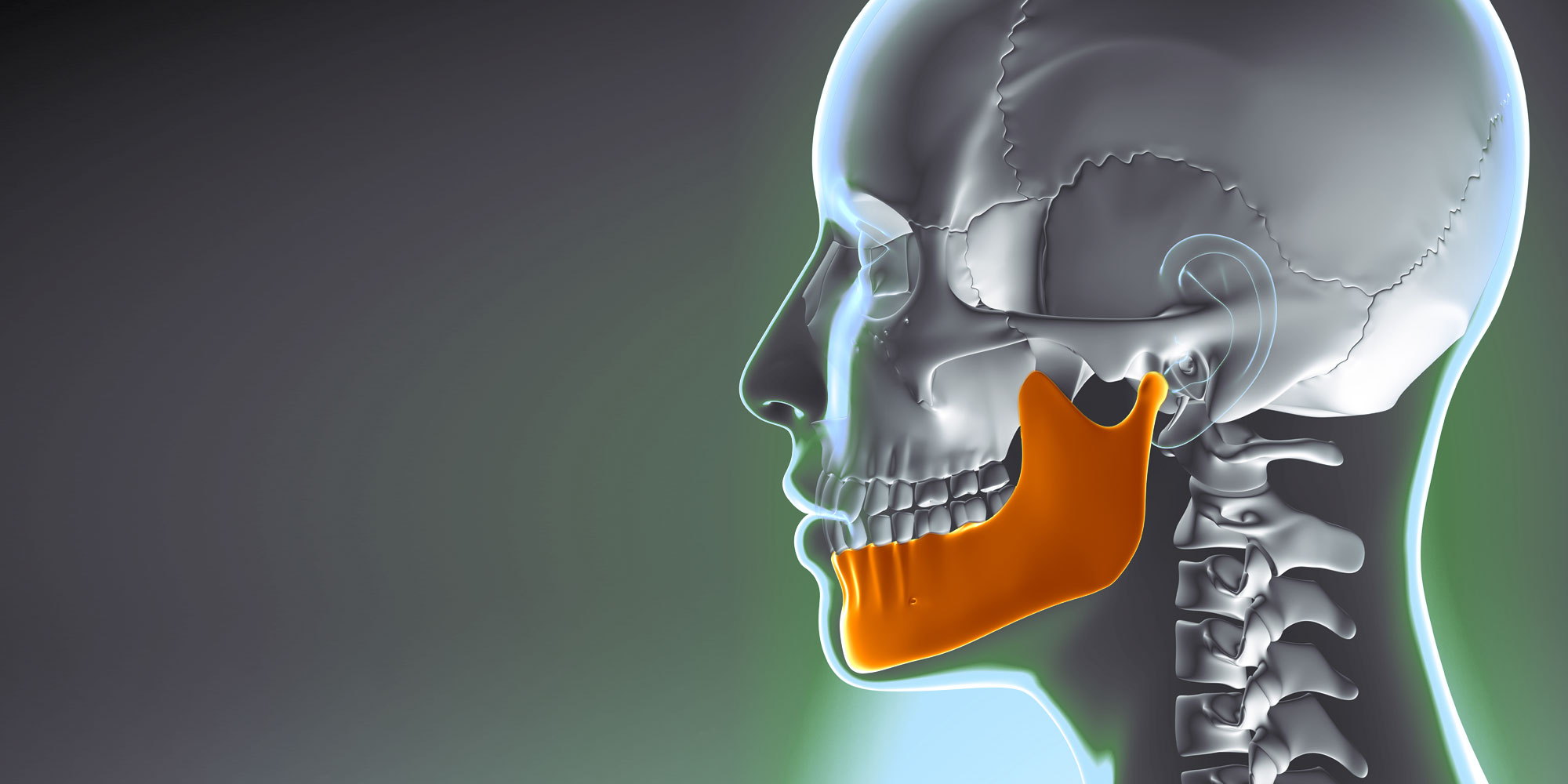
Osseous surgery—also called flap surgery or pocket depth reduction—is used to treat moderate to advanced gum disease when deep cleanings like scaling and root planing haven’t worked. As gum disease progresses, bacteria below the gum line can damage the bone and tissue supporting your teeth.
This procedure is a proactive step toward preserving your natural teeth and halting bone loss. This allows Dr. Chertok to gently lift the gums, clean the tooth roots, remove hardened tartar, and reshape the bone for better healing and gum attachment. Osseous surgery makes it easier for you to clean your teeth at home and allows for more effective maintenance visits in our office.
By reducing pocket depth, osseous surgery makes daily cleaning easier and helps prevent further bone loss. Many patients notice improvements like fresher breath, reduced bleeding during brushing or flossing, and overall better oral health following surgery.
If earlier treatments haven’t resolved your gum disease, osseous surgery in Berkeley, CA may help restore your oral health and protect your natural teeth.
Osseous surgery, or flap surgery, is usually performed when periodontal pockets around a tooth (or teeth) have not responded to other treatments. Also known as pocket depth reduction, this procedure is performed in order to create a clean environment around the tooth so that it can be retained rather than lost.
The goal of osseous surgery is to reduce or eliminate periodontal pocketing. Osseous surgery is generally recommended after other treatments have been explored and attempted, and is usually performed when pocket depths have worsened over time or have not responded to other therapies.


Before beginning the procedure, the area will be numbed using local anesthesia. An incision is made in the gum tissue around the area that will be treated. The gum is then lifted away from the tooth and the underlying bone so that there is direct access to the area. The surface of the tooth is then thoroughly cleaned of any plaque or tartar buildup.
Next, the surface of the bone will be smoothed. Bacteria that are trapped in the pockets around the tooth can destroy bone tissue, making it uneven and rough. In order to ensure proper healing, smoothing the bone of these rough surfaces is necessary. Bone grafting procedures are sometimes performed if defects in the bone need to be filled.
After the root of the tooth has been cleaned and the bone smoothed, the gum tissue is then trimmed to match the new underlying structure and stitched into place. The stitches are placed to hold the gum tissue in the correct position as it heals.

After the procedure you may be prescribed a pain medication. Stitches will be removed in six to ten days unless dissolving stitches are used. About a month after surgery, an appointment should be scheduled to check on the healing of the area. Since some gum tissue is trimmed during the procedure, the tooth may appear longer in the mouth. This may cause increased sensitivity to hot or cold which can typically be managed through the use of sensitivity toothpaste.
Osseous surgery allows Dr. Chertok to lift the gums and access deep pockets of infection around the teeth. After removing tartar and bacteria, he smooths the bone to encourage healthy gum reattachment. This process reduces pocket depth, halts bone loss, and helps preserve your natural teeth.
First, local anesthesia is applied. Dr. Chertok then makes a small incision in the gums and lifts them to clean the roots and surrounding bone. After removing tartar and smoothing rough bone, the gum tissue is trimmed and stitched in place for optimal healing.
The procedure combines precise flap access, ultrasonic scaling, bone recontouring, and gum reshaping. In some cases, bone grafting is used to fill bone defects. This layered approach creates a cleaner, healthier environment for gum and bone regeneration.
Most patients experience mild discomfort, managed with prescribed pain medication. Stitches are removed within 6–10 days, or dissolve naturally. Sensitivity to temperature is common but temporary and often improved with sensitivity toothpaste.
When periodontal pockets are too deep, bacteria remain trapped below the gumline where cleanings can’t reach. Osseous surgery is recommended in these cases because it gives direct access to infected areas and allows for full cleaning and bone reshaping.
As gum disease progresses, bacteria destroy bone tissue, leaving it rough or misshapen. This uneven bone surface makes it harder for gums to heal properly. Osseous surgery smooths these areas so the gums can reattach securely.
Some gum tissue is trimmed during osseous surgery to fit the new shape of the bone and reduce pocket depth. This may expose more of the tooth, making it appear longer. It’s a normal part of the healing process and often improves gum health overall.
Untreated gum disease can lead to deep infection, tooth loss, and even systemic health problems. Osseous surgery helps stop disease progression, saving teeth and improving long-term oral health.
If you’ve already had scaling and root planing with little improvement, osseous surgery may be the next step. It’s especially effective when pocket depths remain deep or continue to worsen.
Contact Dr. Keith Chertok’s office in Berkeley, CA to schedule your personalized evaluation. He’ll assess your gum health and determine if osseous surgery is the right treatment for restoring your smile.
